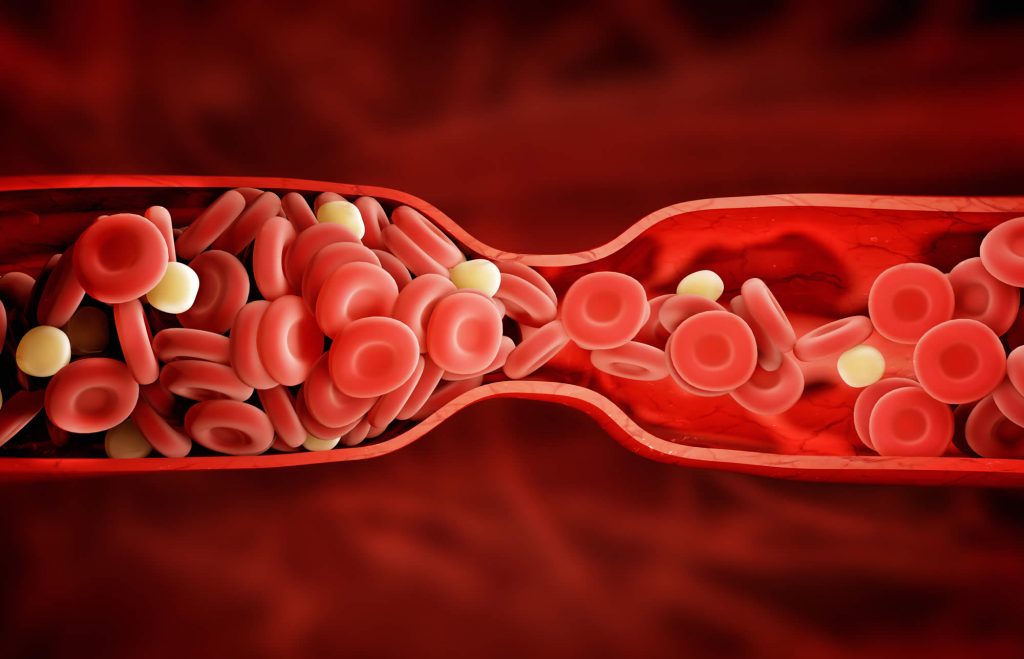There are many signs and symptoms of blood clot or blood clotting. It is important to detect them as they may lead to deep vein thrombosis. Deep vein thrombosis is a condition in which a blood clot forms in the deep veins.
This disease usually occurs in the lower part of the leg and thighs. Due to deep vein thrombosis, there is also a problem of swelling in the feet and pain is felt.
One should not take it lightly as they can be dangerous and will need immediate medical help. Blood clot form in the arteries is called arterial clots. Arterial clot that occurs in the brain is called stroke. Clots can also form in the arteries of the heart, which leads to a heart attack. There are many symptoms of a blood clot in the leg or arm. These symptoms include swelling, pain and discoloration or redness of the skin.
Doctors say that if you recognize these signs and symptoms, you can save your life or that of someone you know. Notify your doctor immediately if you notice any symptoms or signs.
According to the American Heart Association, there are many signs of blood clots in your speech as well. Signs include difficulty speaking or understanding speech. Certain risk factors put certain people at risk of getting blood clots. The problem of blood clots becomes more common with age, especially when you have crossed 65 years.
Identifying the signs
Apart from that, having a history of blood clots in the family may put you at a higher risk. Sometimes there may be a blood clot in the vein without any apparent risk factor. If you are pregnant or you have had a delivery, then the risk is higher. Similarly, if you have rheumatoid arthritis, it can increase the risk of clots.
There are some measures you can take to reduce the risk. According to the National Health Service, you should drink enough water to avoid dehydration because you are more prone to clots in the event of dehydration.
